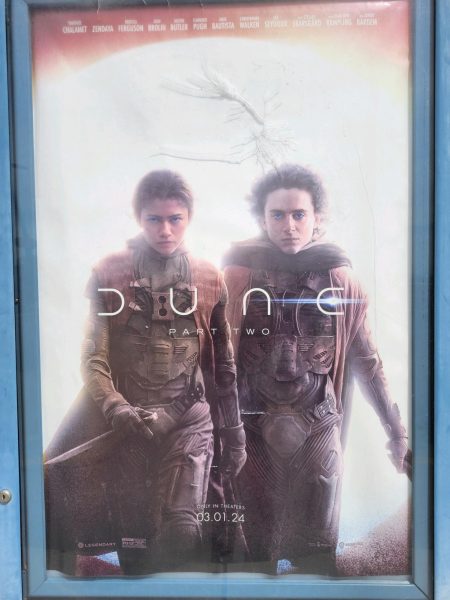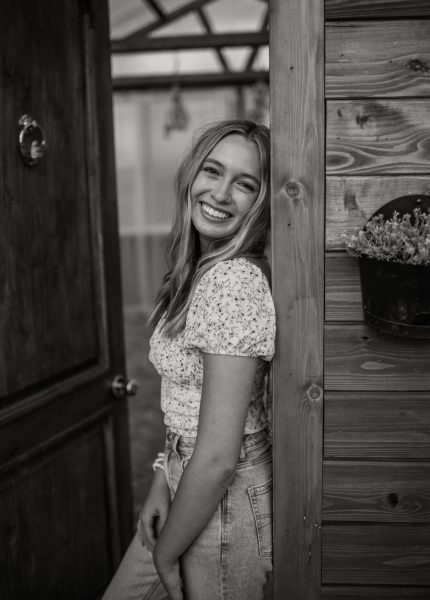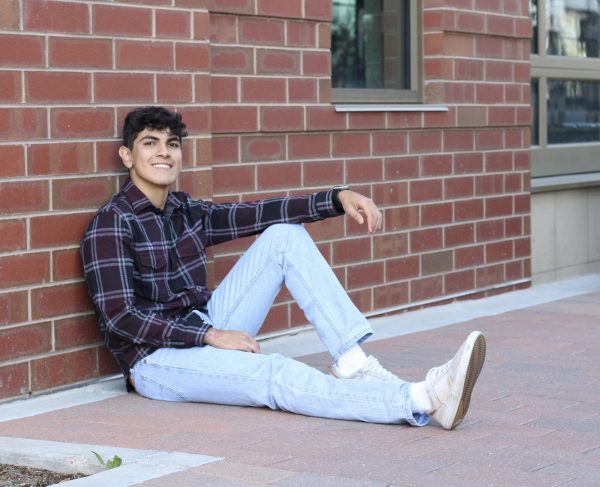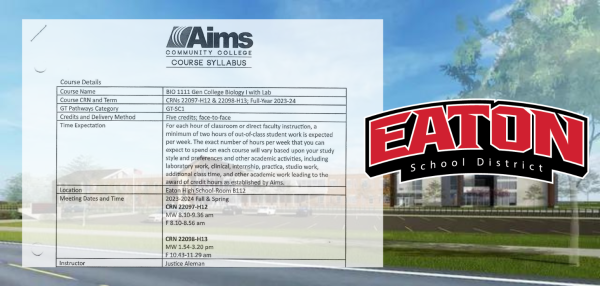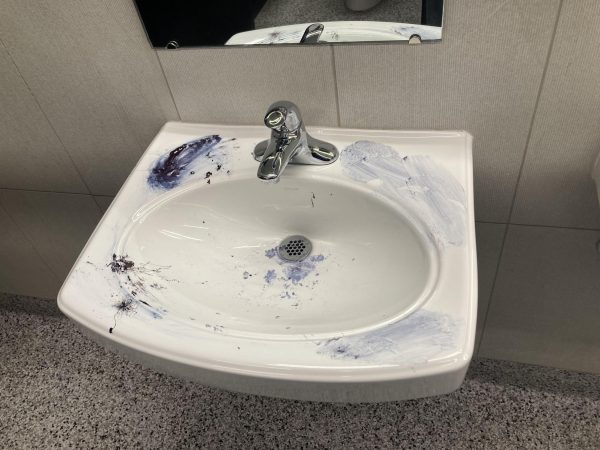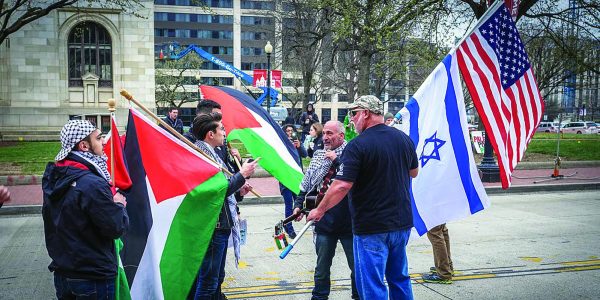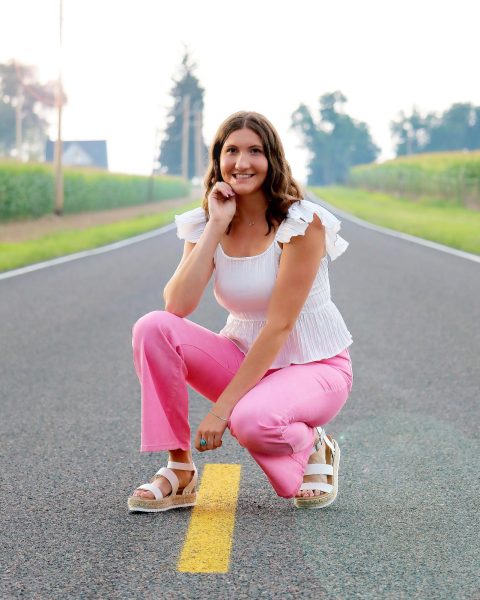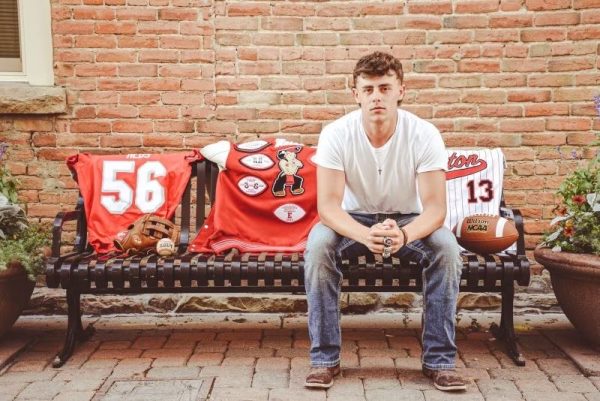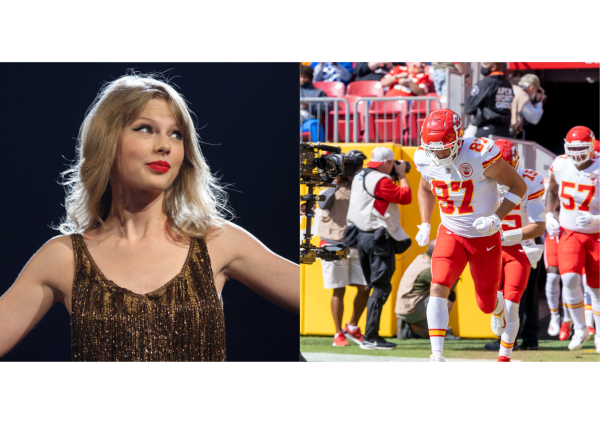Halloween- The Real Truth
The Real Truth About Halloween
A popular event people like to attend, this time of the year is called the 13th Floor-Haunted House located in Denver. Established on September 13 and was opened for the Halloween season; this haunted venue offers hallways that are decorated with terrifying Halloween themes. Employees hide behind doors, objects hanging from the ceilings, and lurk around corners, wearing masks and makeup. As you walk through the hallways, these masked actors jump out screaming, trying to scare people. The event lasts about an hour and on Saturday night, people would stand in line for hours, just to experience the fear and adrenalin rush, when being frightened. Some would say that it wasn’t worth the wait but some would do it again. “It wasn’t as scary as I thought it was going to be, but it was really fun,” said Emily Edwards. ElainaDaugherty said that she thought it was going to be scarier, “but it was worth the wait, and I would do it again.”
 October 31 has become the second-largest commercialized holiday, after Christmas, and the day children dress up in costumes and walk around neighborhoods to get candy from strangers. While leading up to Halloween, events like haunted houses and haunted corn mazes, are put together to get people pumped for all of the frightfulness that is behind Halloween. That is how Halloween is celebrated today, but in the 18th century, Halloween was celebrated by lighting bonfires and wearing costumes to ward off ghosts and was only limited in Colonial New England. It was much more common to celebrate Halloween in Maryland and in some southern countries. This holiday was originally celebrated to mark the end of the summer/harvest season and the beginning of a cold and dark winter. This time of the year is often associated with human death. November 1 also marked the “New Year” for the Celts. On the night of October 31, the Celts celebrated Samhain, and it was believed that the ghosts of the dead would come back to earth.
October 31 has become the second-largest commercialized holiday, after Christmas, and the day children dress up in costumes and walk around neighborhoods to get candy from strangers. While leading up to Halloween, events like haunted houses and haunted corn mazes, are put together to get people pumped for all of the frightfulness that is behind Halloween. That is how Halloween is celebrated today, but in the 18th century, Halloween was celebrated by lighting bonfires and wearing costumes to ward off ghosts and was only limited in Colonial New England. It was much more common to celebrate Halloween in Maryland and in some southern countries. This holiday was originally celebrated to mark the end of the summer/harvest season and the beginning of a cold and dark winter. This time of the year is often associated with human death. November 1 also marked the “New Year” for the Celts. On the night of October 31, the Celts celebrated Samhain, and it was believed that the ghosts of the dead would come back to earth.
Halloween was not popular in America until beliefs of European and American Indian ethnic groups meshed together and Americanized Halloween. It was first celebrated when public “play-parties” were held to celebrate the harvest. The nearby neighbors would celebrate the harvest by telling stories of the dead, singing and dancing, and telling each other’s fortunes.
Colonial Halloween activities included the telling of ghost stories and mischief-making. By the mid 19 century, annual autumn festivities were more common, but not yet celebrated in all parts of the country.
New immigrants fled to America in the second half of the 19 century. The Halloween celebration brought in by Irish immigrants, fleeing from the Irish Potato Famine, became very popular in America.
History of Trick-or-Treating
Just like the Europeans, Americans also began to dress up and go from door to door asking for food or money. By the late 1800s, Halloween was molded into a holiday that was more about the community and neighborly get-togethers, instead of making it about ghosts, pranks, and witchcraft. Halloween was then celebrated with parties for both children and adults. The parties mainly consisted of games, seasonal foods, and costumes.
Newspapers soon were encouraging parents to take anything “frightening” out of the Halloween celebration. Because of this, by the beginning of the twentieth century, Halloween had lost most of its religious and superstitious overtones.
By the 1920s and 1930s, Halloween was celebrated with parades, and town-wide parties, making it more of a secular community holiday, meaning there were to be no public religious activities. But, vandalism was still a big problem.
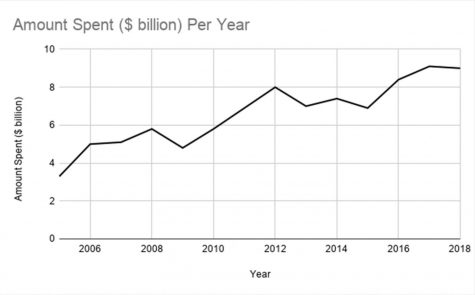
By the 1950s the vandalism was finally limited and was mainly a holiday that is for children. Parties were becoming smaller and were being moved from the civic centers to classrooms and homes. This took place to gain more control over parties and vandalism. During this period, Halloween started to become more commercialized. It is estimated that Americans spend over $6 billion annually on candy for Halloween, making it the second-largest commercialized holiday in the country.




